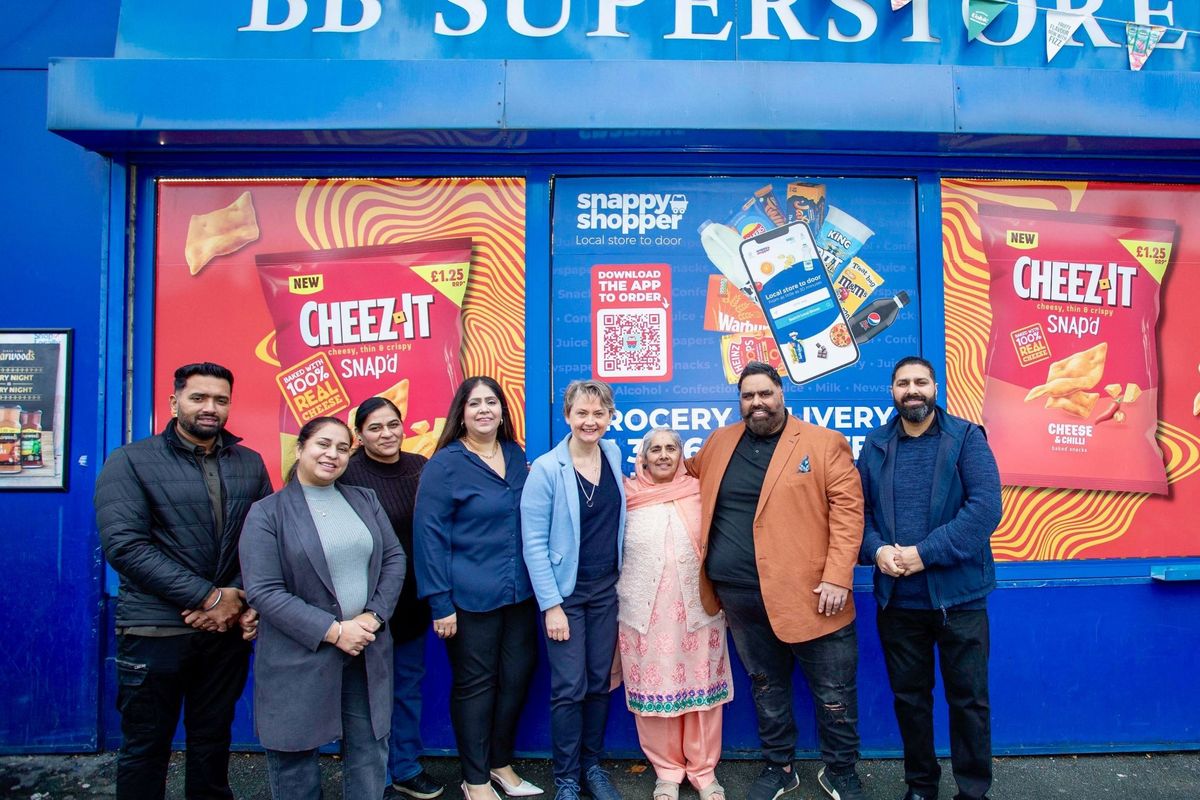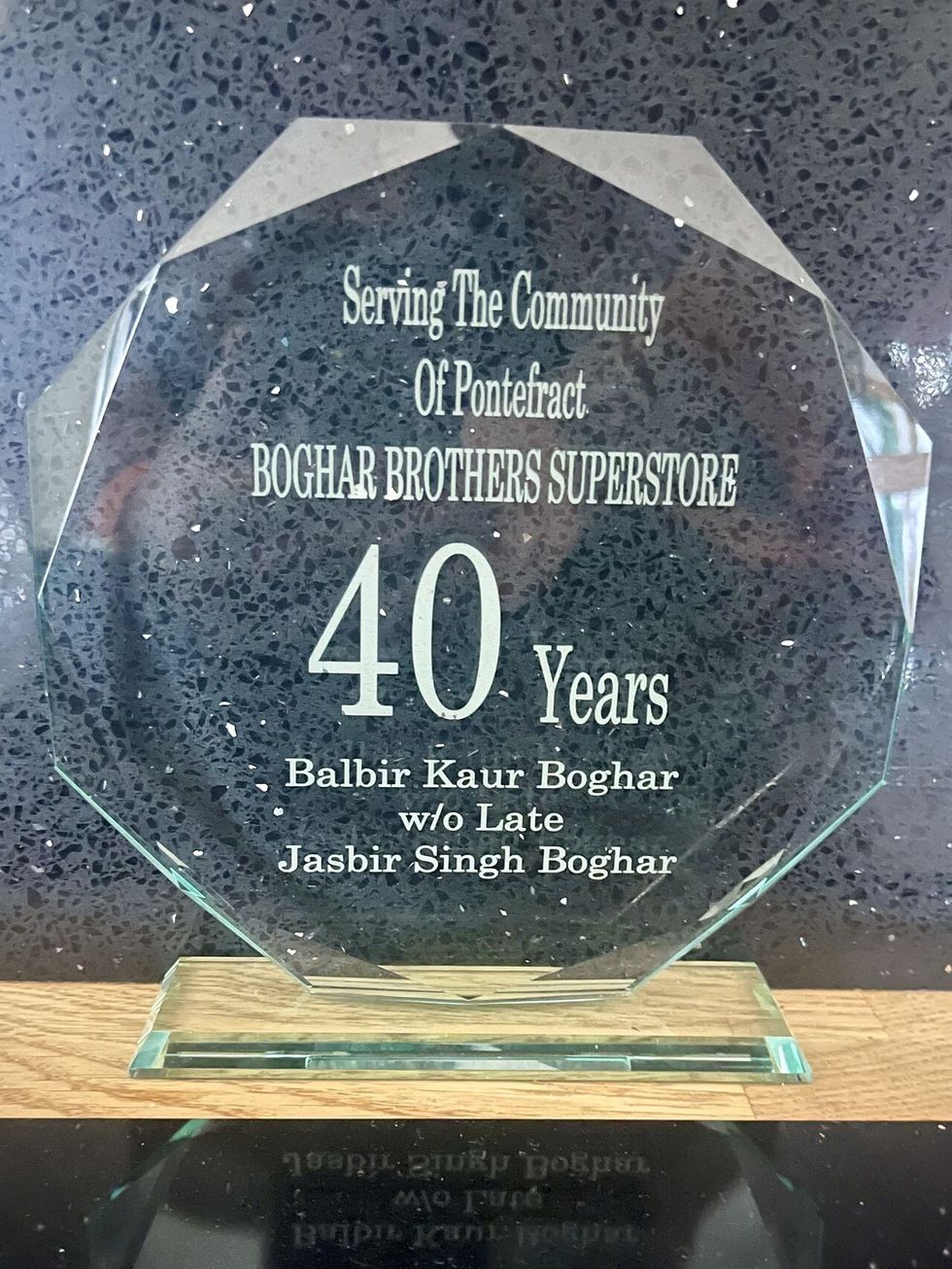An independent convenience store in Pontefract on Saturday (7) celebrated its 40 years of being in business.
BB Superstore and Post Office, owned and run by retailer Bobby Singh, Ken Singh and family, celebrated its 40th anniversary over the weekend.
The event was attended by Home Secretary and Labour MP for Pontefract, Castleford and Knottingley Yvette Cooper who presented the store with a felicitation honour.
Speaking to Asian Trader, Singh said, "It was just a great moment for me and my family to celebrate this milestone and to have great recognition presented to my mother by the Home Secretary and MP Yvette Cooper."
Singh wrote, "40 years of serving the wonderful community of Pontefract—what an incredible journey for me and my family.
"A heartfelt thank you to the whole of the retail industry and the amazing people of Pontefract for your support and encouragement over all these years."
The store has not only been in retailing for 40 years, but it is also serving the community while keeping it buzzing with activities and excitement as well.
Whether it is Christmas, Easter, Valentine’s or even a new product launch, BB Superstore is known for turning a calendar date into a celebration. Additionally, the store has also developed into a help centre where the residents in need are directed and connected with relevant help groups and charities.
The store supports several food banks, often organises cloth donation drives for homeless people and directs needy people to the relevant help groups. The store has an in-store “support box” where locals who are suffering financially can discreetly ask for help.
Once they get in touch via the box, Singh then coordinates with agencies such as Citizens’ Advice and local food banks to make sure the person gets the needed support.

Over the years, the store has also been in the forefront when it comes to new product launch events. Last month, Kellanova in-store activation for Cheez-It took place at the BB Superstore in which shoppers were treated to a DJ and snacks.
Last month, Singh was chosen as ACS ambassador in convenience store body Association of Convenience Stores' first ever group of independent retailer ambassadors.



